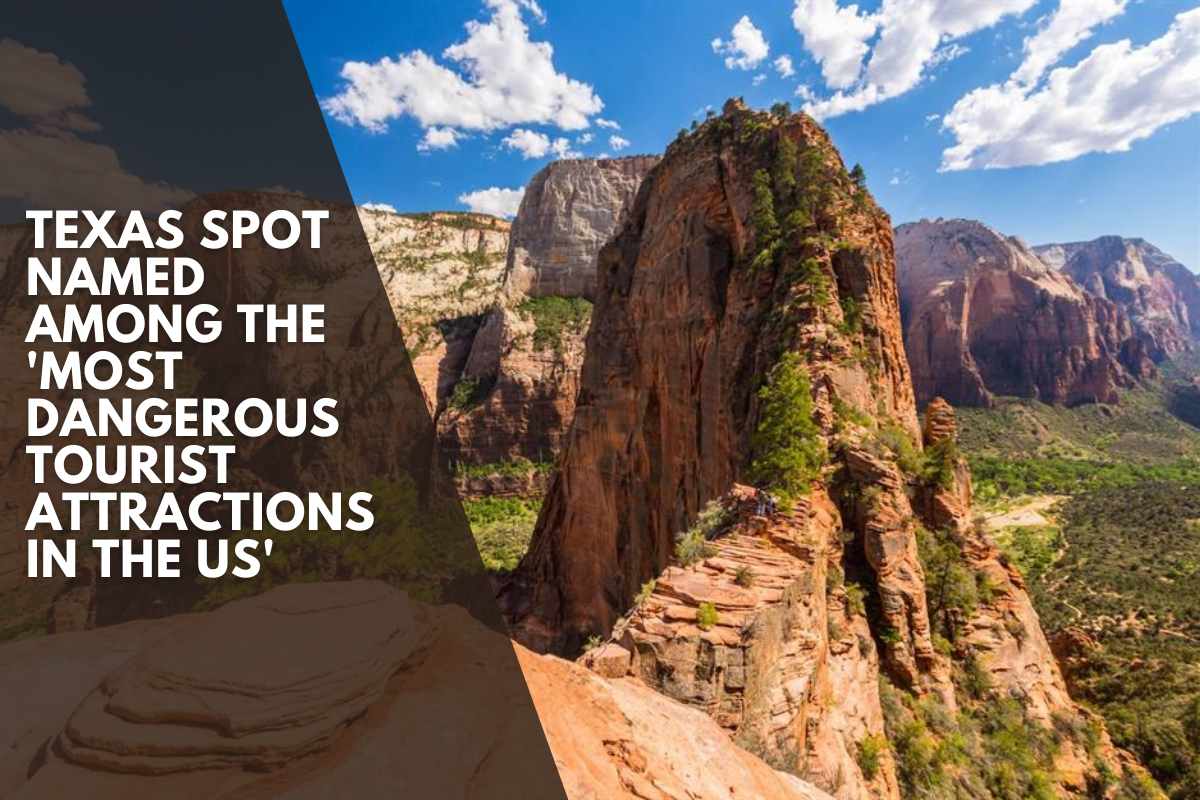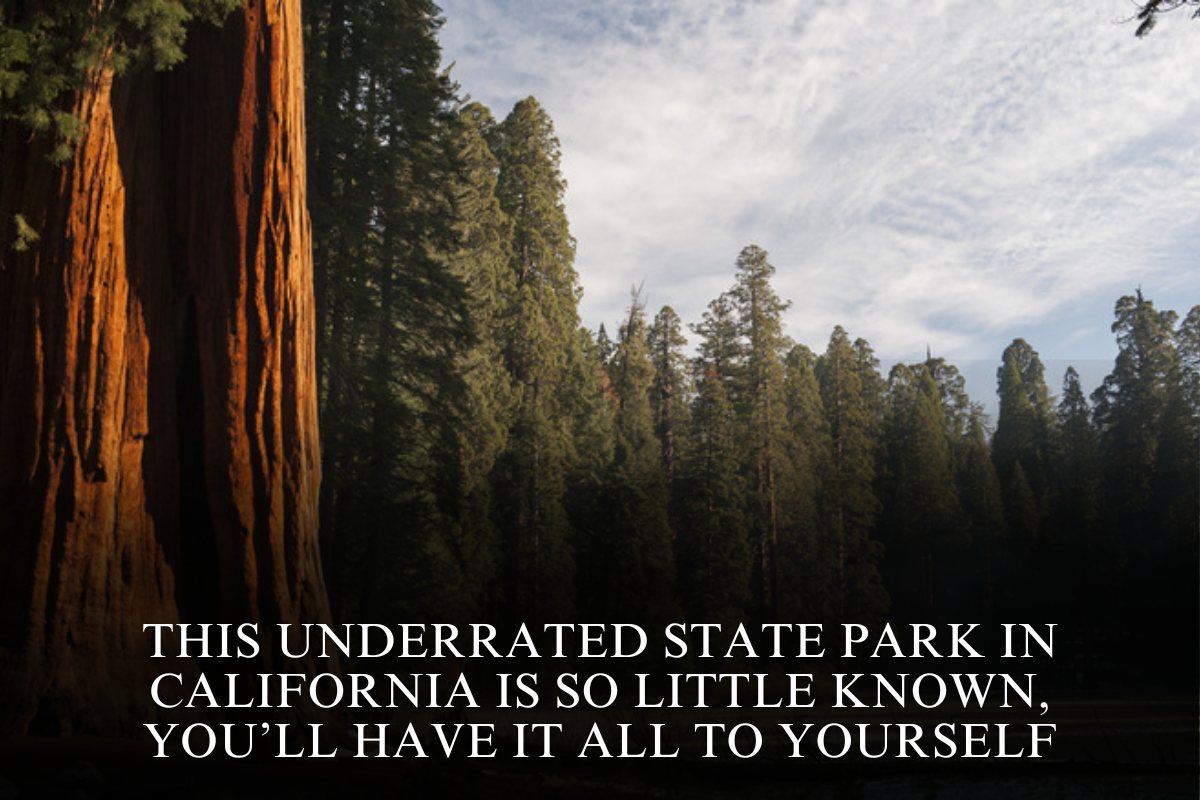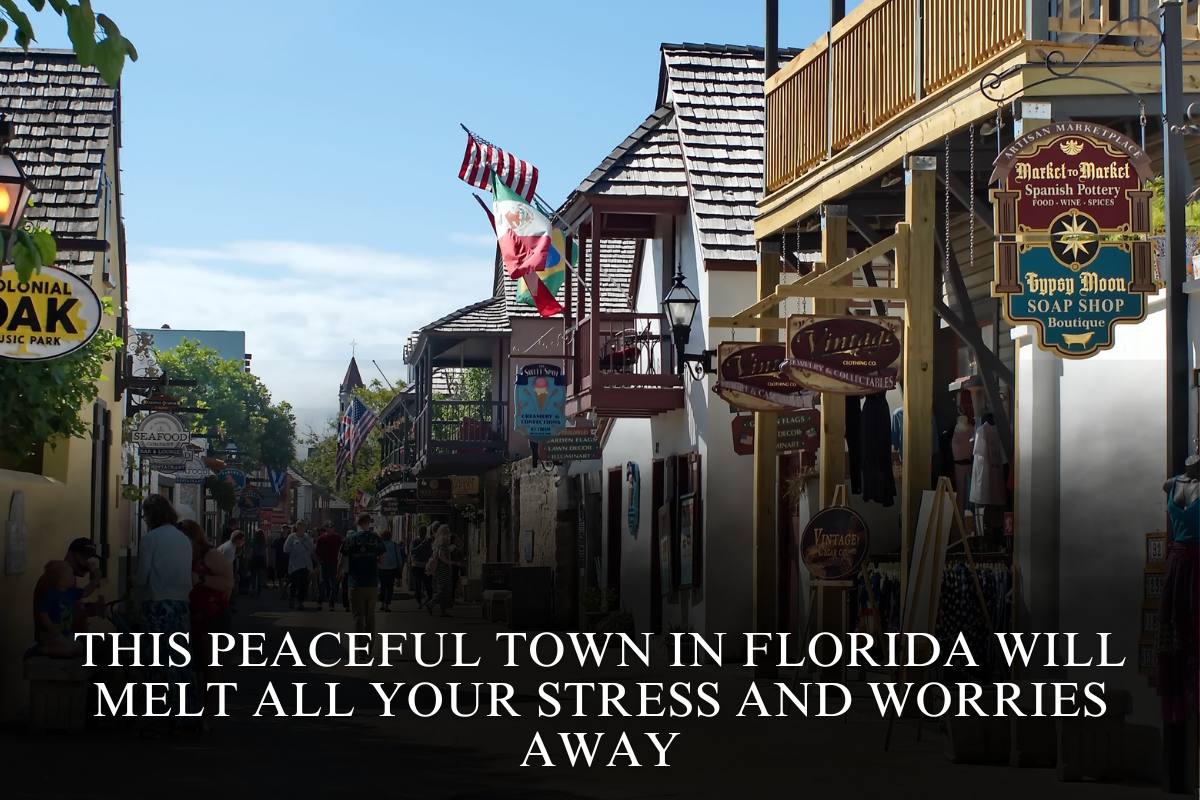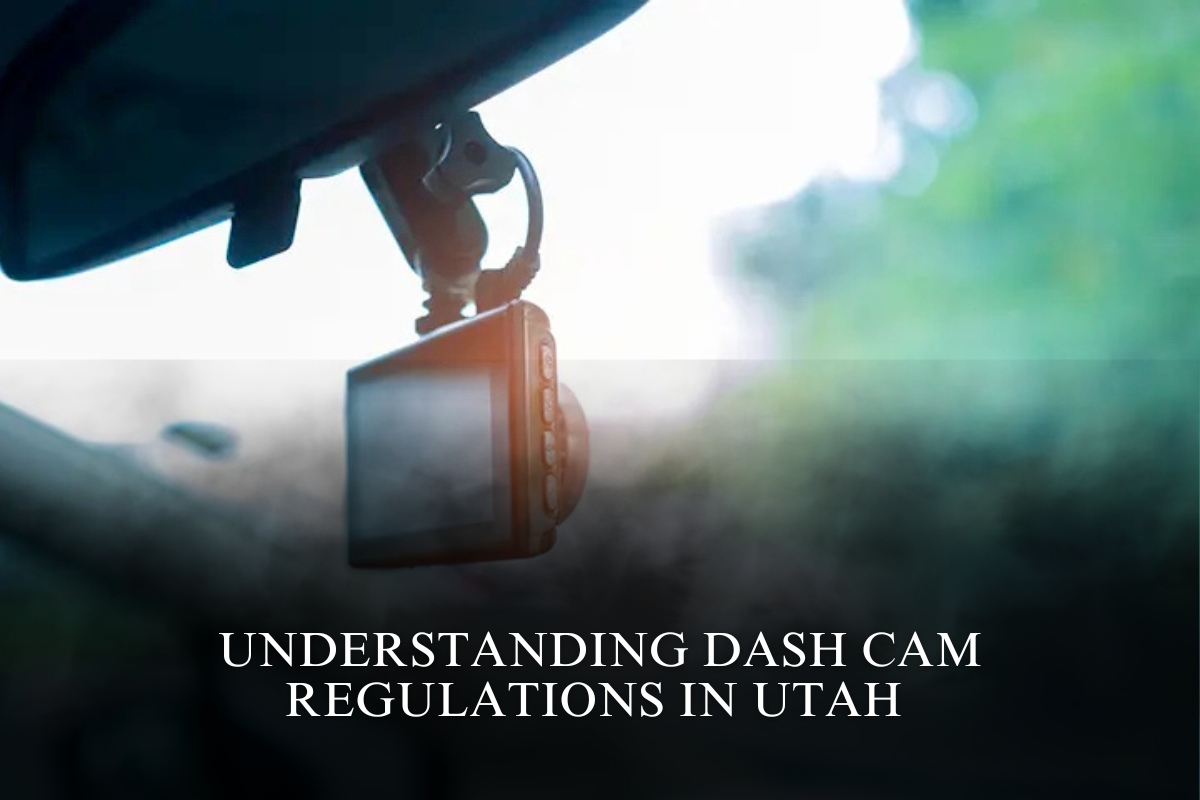When it comes to dangerous tourist attractions in Texas, Big Bend National Park stands out as the most prominent—and perilous—destination in the state. Recently ranked as one of the most dangerous national parks in the nation, Big Bend’s dramatic landscapes and remote wilderness draw thousands of visitors each year, but its beauty comes with significant risks.
Big Bend National Park: Beauty and Danger
Located in far West Texas along the Mexico border, Big Bend National Park is celebrated for its rugged mountains, vast desert expanses, and the winding Rio Grande. However, a recent study placed Big Bend at No. 5 among the most dangerous national parks in the United States, with an average of 5.9 deaths per one million visits over an 11-year period. The park was also ranked as the eighth most dangerous for hiking, with 12 hiking-related deaths recorded from 2013 to 2023.
Why Is Big Bend So Dangerous?
Several factors contribute to the risks at Big Bend:
1. Extreme Heat: Temperatures in the park can soar well above 100°F in summer, leading to dehydration, heat exhaustion, and heatstroke—especially for unprepared hikers.
2. Remote Terrain: The park’s vast size and isolated location mean that rescue operations can be difficult and slow, increasing the danger for those who get lost or injured.
3. Challenging Trails: Many of Big Bend’s hiking routes traverse steep canyons, rocky ridges, and exposed desert, where a misstep or lack of preparation can quickly become life-threatening.
4. Wildlife Encounters: The park is home to mountain lions, rattlesnakes, and other potentially dangerous animals, adding another layer of risk for visitors.
Safety Tips for Visiting Big Bend
Despite its dangers, Big Bend remains a bucket-list destination for adventurers. To stay safe, experts recommend:
1. Planning ahead: Know your route, carry detailed maps, and inform someone of your plans.
2. Hydration: Bring plenty of water—at least one gallon per person, per day.
3. Weather awareness: Avoid strenuous activity during peak heat and check forecasts before venturing out.
4. Proper gear: Wear sturdy footwear, sun protection, and carry emergency supplies.
5. Respect wildlife: Keep a safe distance from animals and never approach or feed them.
Other Notably Risky Texas Destinations
While Big Bend is the most statistically dangerous tourist attraction in Texas due to its fatality rate and challenging environment, other Texas cities and attractions—such as certain neighborhoods in Houston, Dallas, and San Antonio—also require caution due to high crime rates, especially in tourist-heavy areas. However, these urban risks are different in nature from the wilderness dangers of Big Bend.
Big Bend National Park’s combination of remote wilderness, extreme weather, and challenging terrain make it Texas’s most dangerous tourist attraction. For those who prepare and respect its hazards, the park offers unforgettable adventure—but caution is essential for a safe visit.
Sources
[1] https://www.mysanantonio.com/lifestyle/outdoors/article/big-bend-national-park-hiking-deaths-19541139.php
[2] https://reolink.com/blog/most-dangerous-cities-in-texas/
[3] https://www.explore.com/1517564/dangerous-destinations-avoid-trip-texas/
[4] https://www.loveexploring.com/gallerylist/166392/these-are-the-most-dangerous-tourist-attractions-in-the-us
[5] https://www.reddit.com/r/texas/comments/18npgr8/what_is_the_best_tourist_trapattraction_in_all_of/







